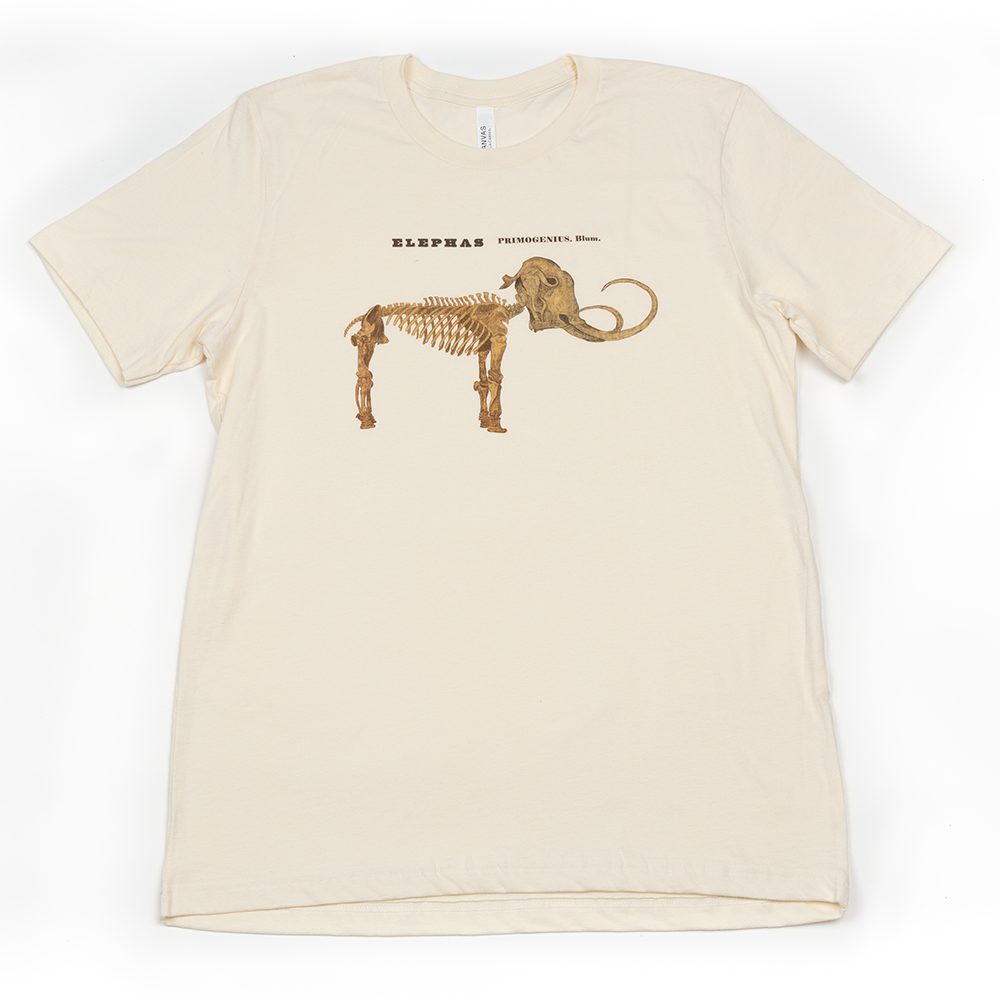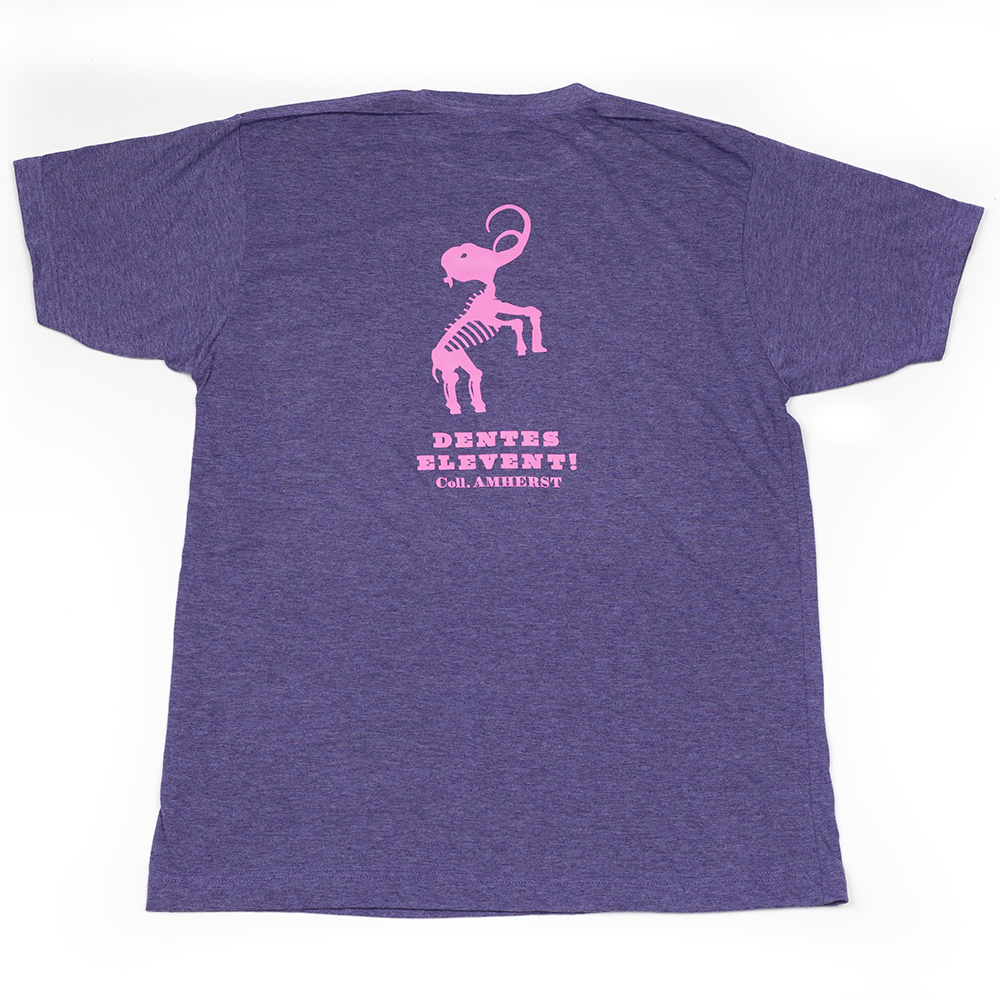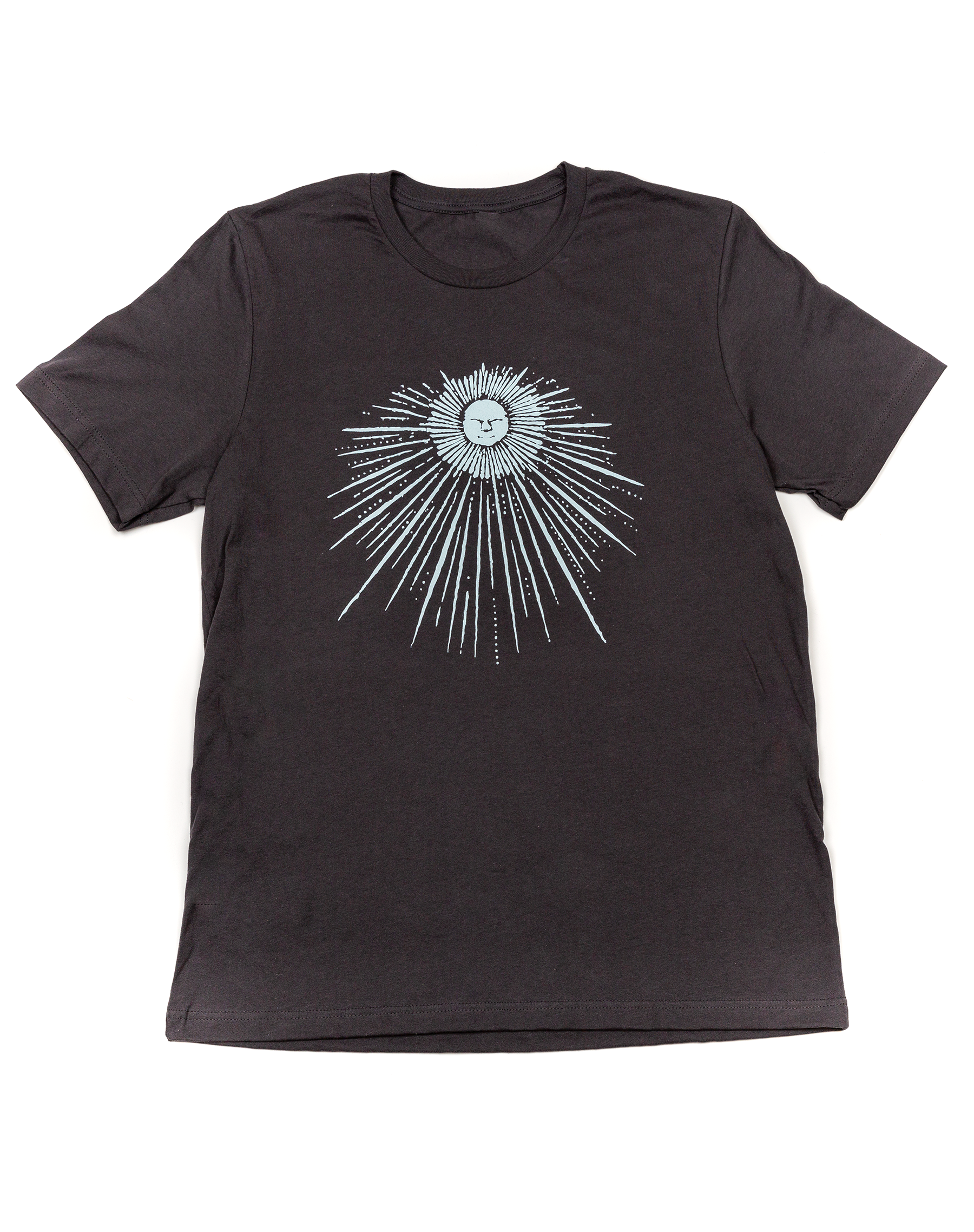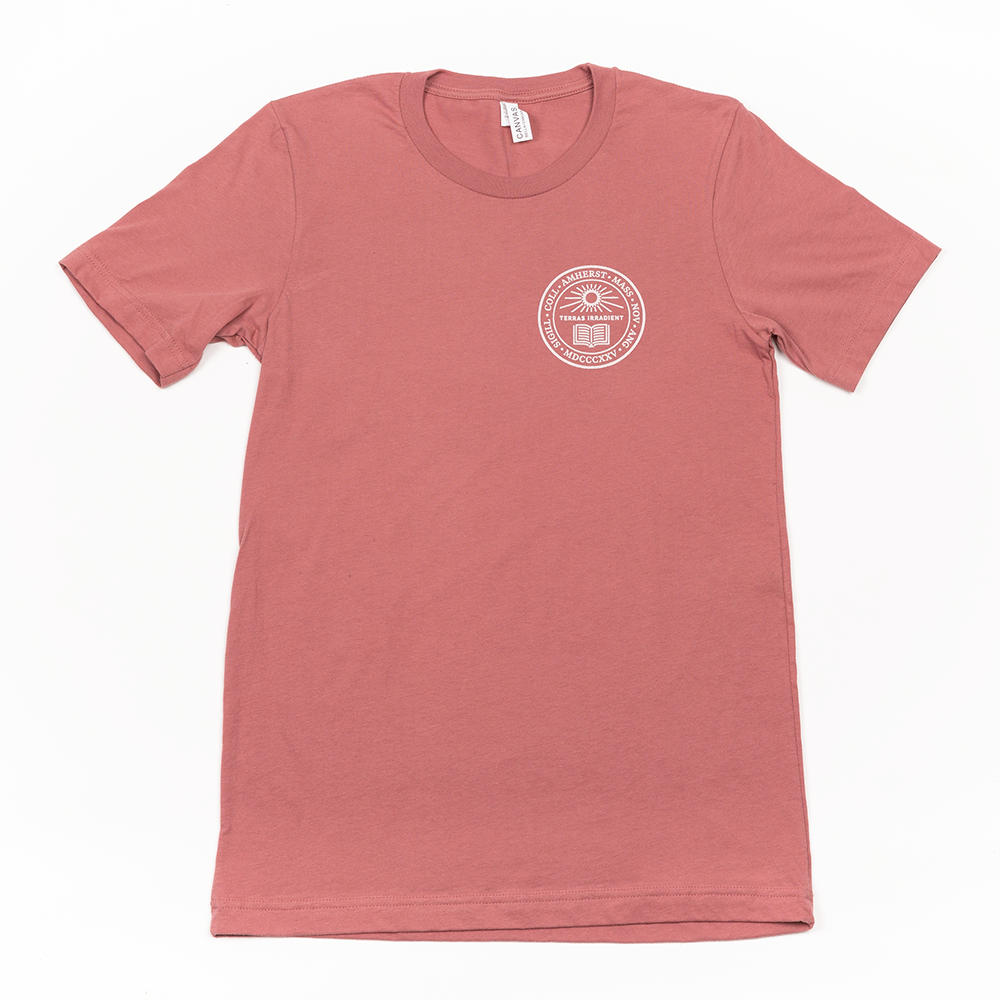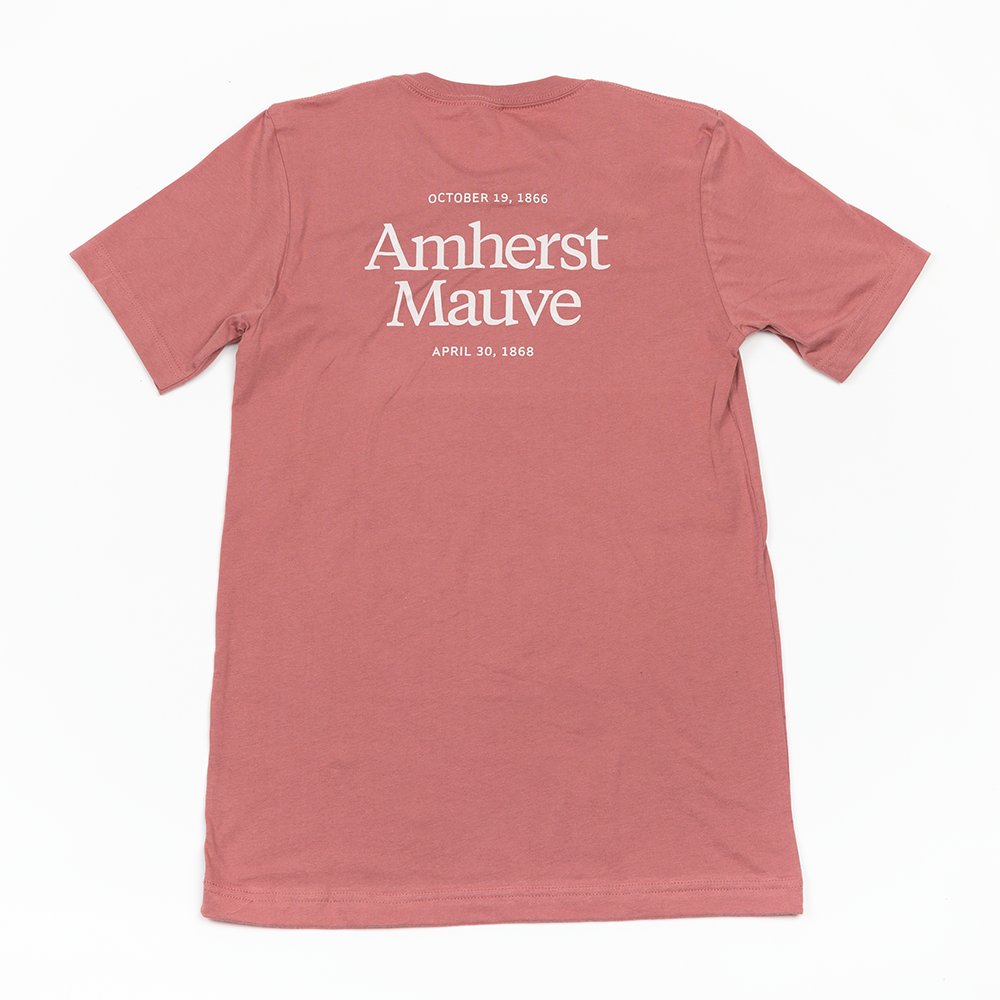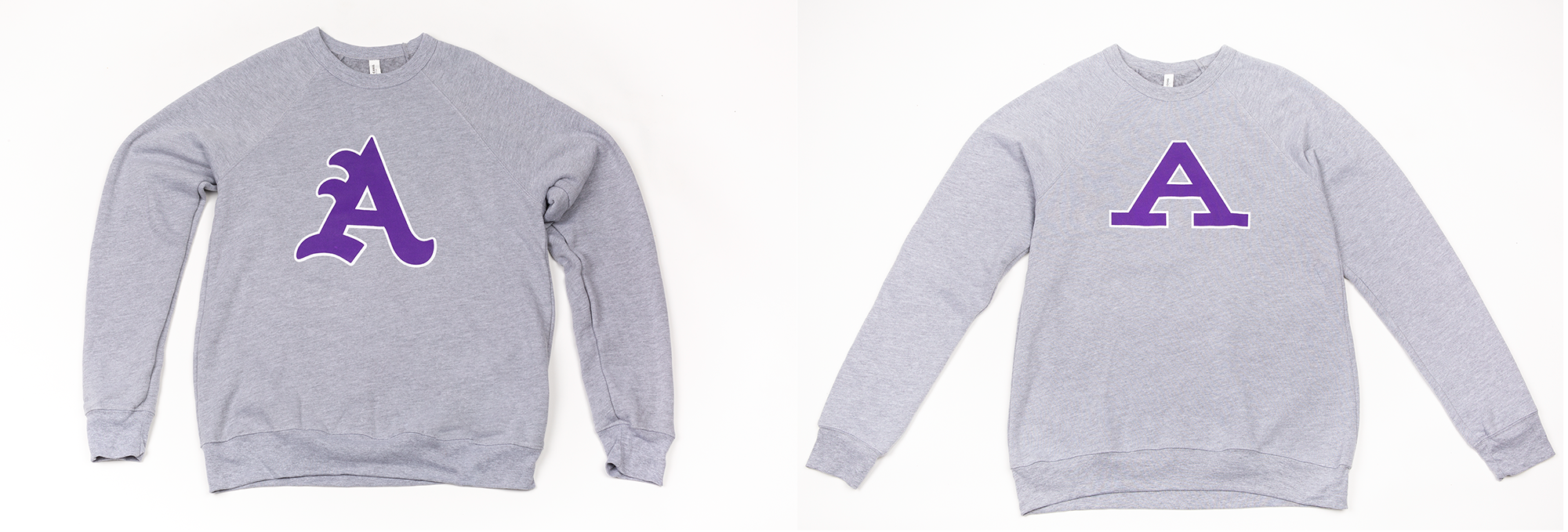College Publication Masthead Stickers
The College Dial
The College Dial was named after The Dial, a journal of Transcendentalist thought that ran from 1840 to 1844 and featured contributions from Ralph Waldo Emerson and Margaret Fuller. Only two issues of The College Dial were ever published, both in 1847.
The College Cucumber
The College Cucumber was a humor and satire paper from the late 1840s poking fun at campus life. It existed only for a single issue. Pieces were submitted anonymously or under aliases.
The Ichnolite
Amherst College has long been famous for its world-class collection of ichnolites (fossil footprints). The Ichnolite ran from 1857 to 1861, then changed its name to simply The Amherst College Magazine.
The Amherst Muck-Rake
Just two issues of The Amherst Muck-Rake, a humor magazine, were published in 1908; it was revived as a web-only publication in 2012.
The Amherst Student
Before The Amherst Student first appeared in 1868, most student publications would last only a few years before disappearing. This newspaper is the longest-running student publication in the College’s history, with just a brief hiatus during World War II.
See full scans of The College Dial and The College Cucumber headlines
